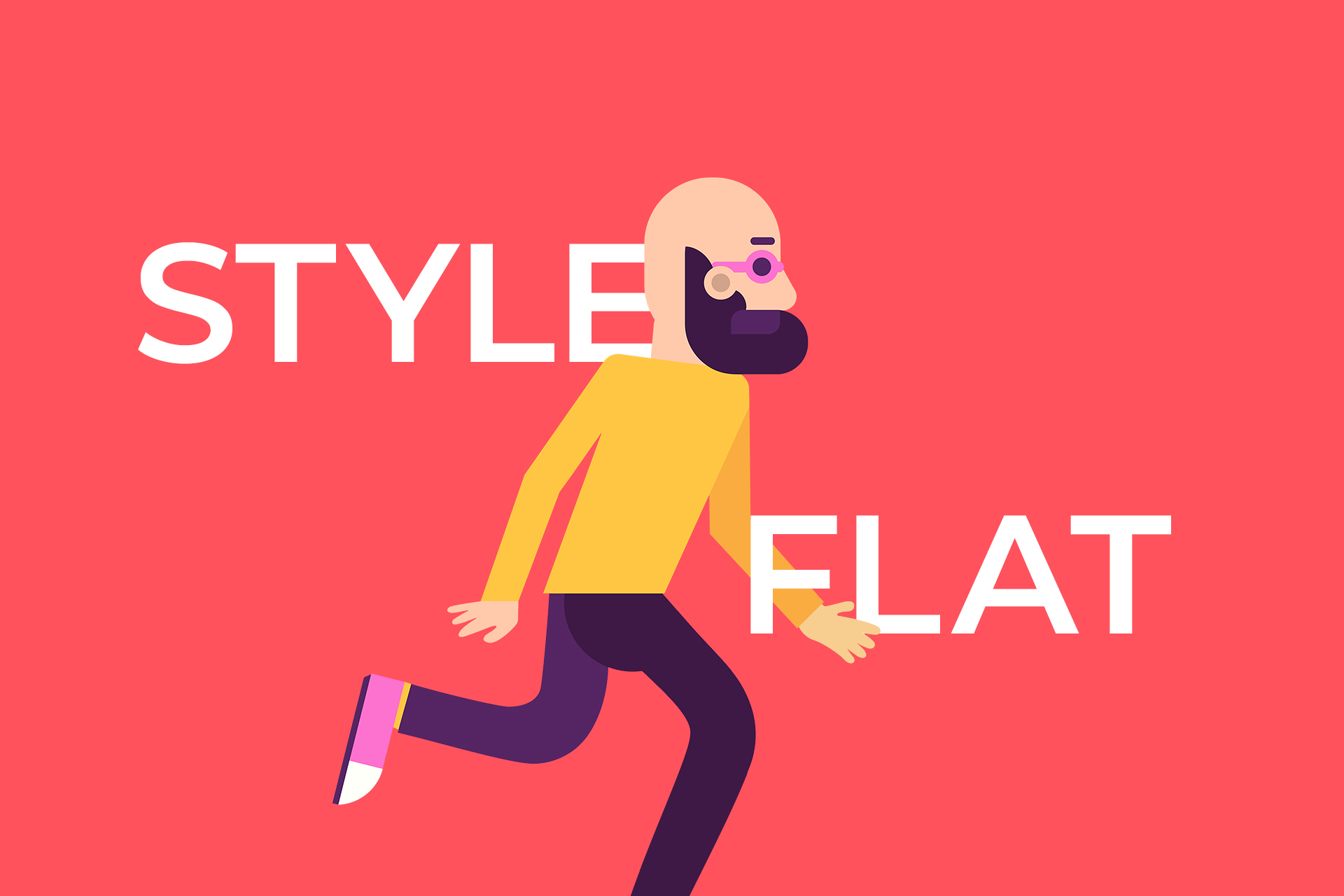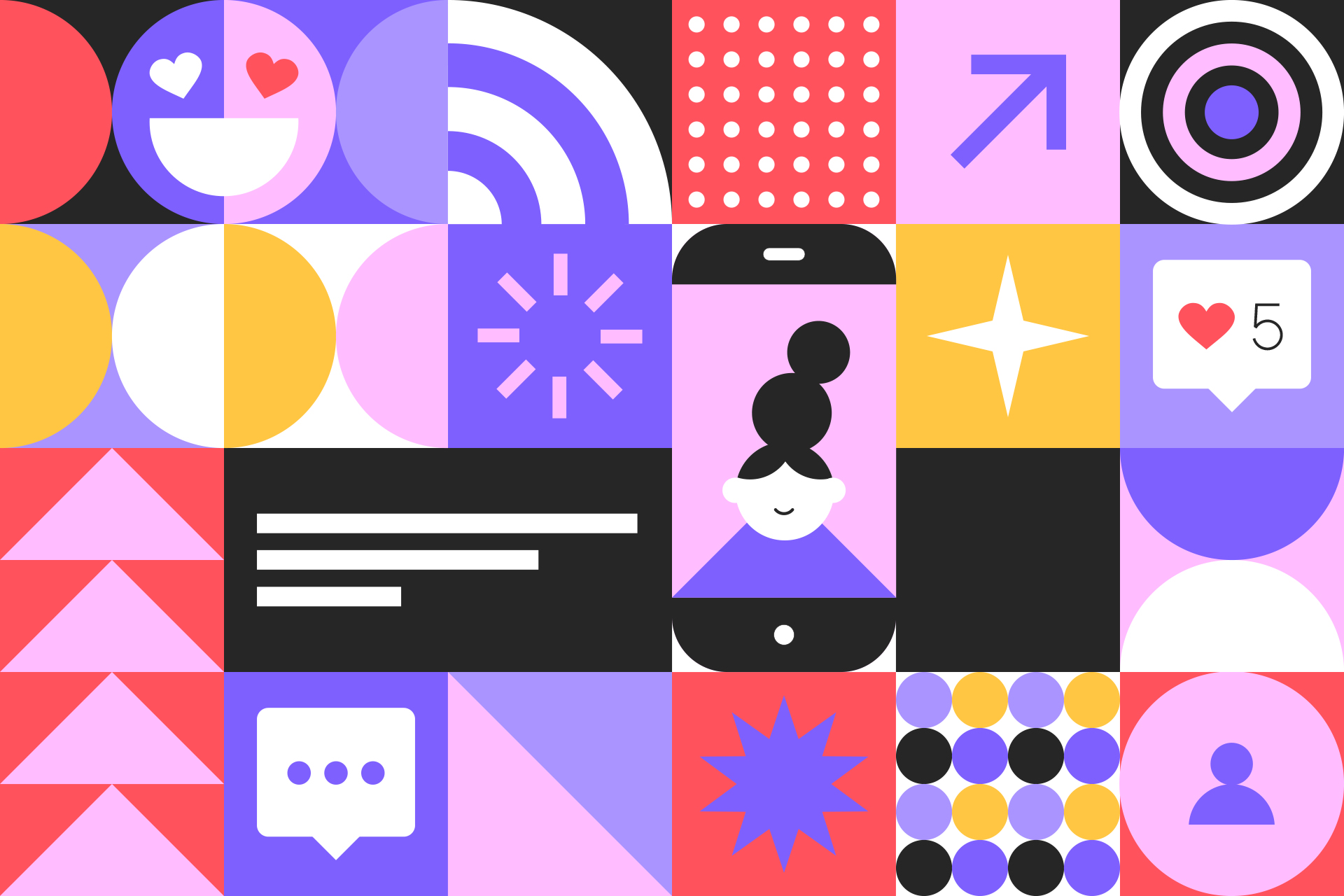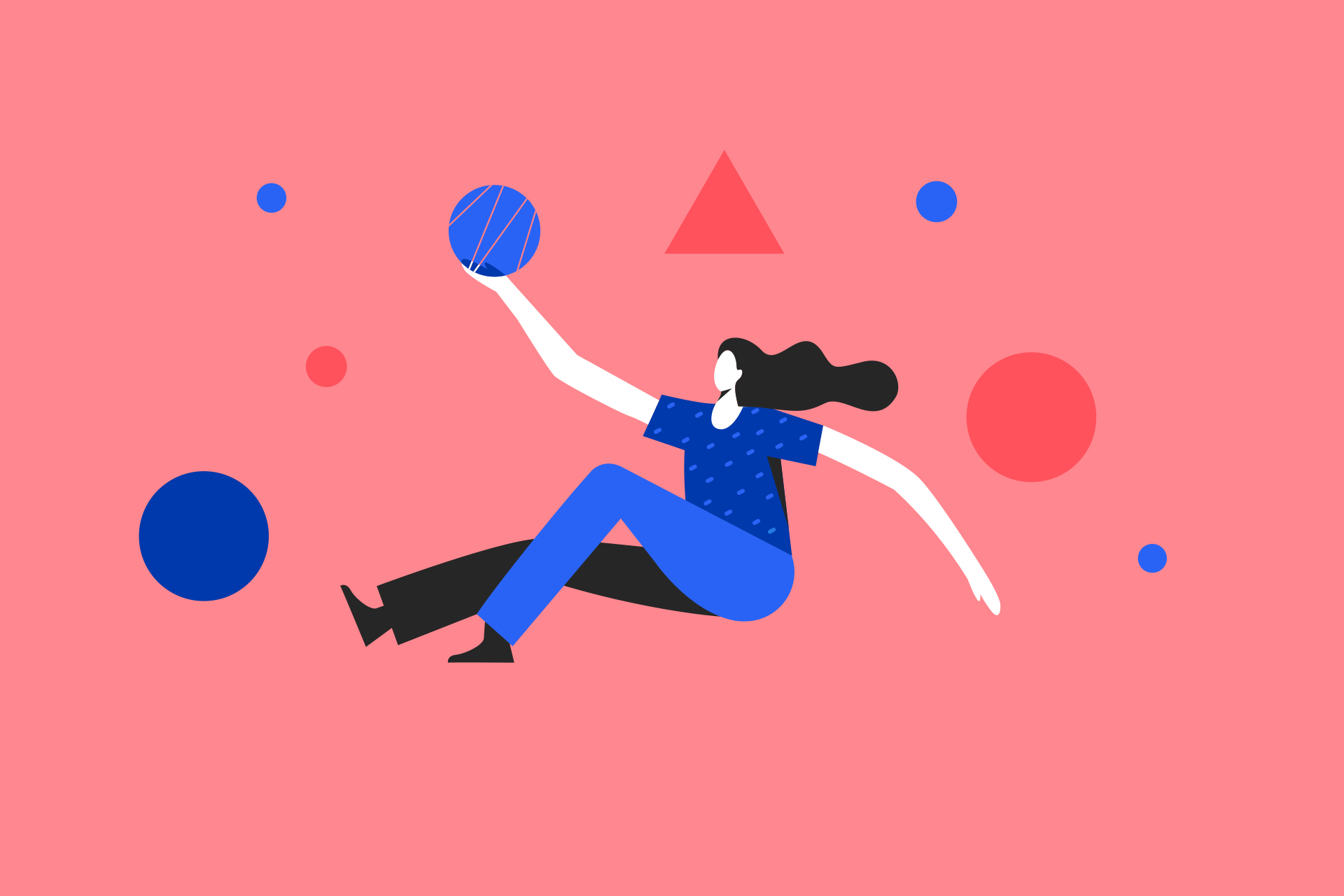The earth is still flat: flat style in design

Flat style: a trend in design. The history and evolution of the style. Will flat design be relevant in the future and why should it be used in design?
Flat design existed back in the 80s and had no alternatives since the level of technology did not allow working with complex textures. Over time, first simple elements of skeuomorphism (imitation of real objects) appeared, and then complex displays of visual pseudo-convexity. Everything is cyclical, and since 2010 flat design has been rapidly regaining popularity, until in 2014 it became the new standard of graphic design.

Evolution of flat design
Initially, flat design was conceived as the complete opposite of skeuomorphism. Shadows, gradients, and any hints of volume were denied. Microsoft was the first to implement this concept. But after usability testing, it turned out that users have difficulty identifying some interface elements. So, the focus group could not understand which icon is clickable and which is not, because they are all flat. There were even more problems with clickable labels because they looked like a standard signature for objects.
In this regard, an adapted version of the flat design has appeared - flat 2.0 or a half-flat design. It has a weak contrast and barely discernible shadows that show the user that the icon is clickable. When they talk about flat design, they mean the flat 2.0 version. With the development of this style, pseudo-shadows and light contrast were again replaced by a full plane of objects. At the same time, in the web, to increase the clickability of elements, simply changing the color to contrast in the same flat style, without using gradients, began to be used.

Principles of flat design
1. Two-dimensional graphics.
In flat design, the emphasis is on the contour image of the object. The designer does not strive for realism, his task is to convey the essence using simple two-dimensional forms.
2. Icons.
Using simple icons with a traceable call to action makes the interface easier and more intuitive. For example, an icon of a floppy disk or cloud storage, calling for saving a file.
3. Simple fonts.
The flat style pays great attention to typography in general and fonts in particular. Flat design implies minimalistic sans-serif fonts and any decorations, even italics are prohibited. The character of the font should complement the concept of the project and not get out of the general style.
4. Playing with colors.
Since the flat design does not allow gradient transitions, several primary colors can and should be used in the style of the created element, often contrasting with each other.
5. Minimalism.
Flat design involves the visualization of objects, the use of the entire screen, but at the same time minimizing information. This means that the designer does not seek to fill all the free space and is not afraid of empty space.
6. Simple background images.
A solid background is the best choice. You can forget about the images a la brick walls or leopard skin. Calm and barely noticeable background colors do not draw attention to themselves and allow the visitor to focus on important interface elements.
Considering all these principles, there is an opinion about the simplicity of creating a flat design. In fact, it is a flat design that pays great attention to details and the transmission of movement, rhythm. The designer is faced with the task of creating an attractive, understandable, and complete picture using exceptionally simple forms.

Where can I use a flat design?
Flat design is especially relevant for mobile app development and responsive website design. In addition, the flat style is gradually moving from the digital world to the real one. Elements of corporate identity, different types of printed products in a "flat" adaptation with proper execution looks very original. It is worth noting that a very interesting solution is the use of flat stylistics in design projects.
Judging by current trends, the flat style has already become a standard not only for the digital sphere but also for graphic design in general.
